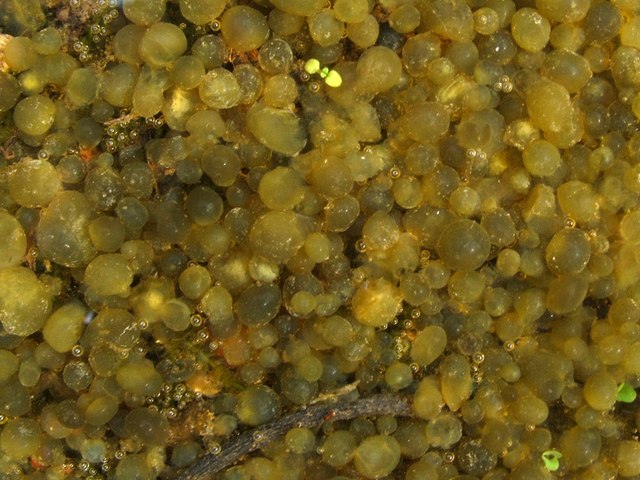Mars has long captured the attention and imagination of scientists, writers, and stargazers alike. Scientists have observed Mars with telescopes and rovers to study major questions like how planets in our solar system formed and what is necessary for the development of life. However, scientists are limited in what they can observe without landing humans on the red planet itself. The need for better measurements and data has driven NASA plans to send astronauts to Mars as early as the 2030s. But before astronauts can make the trip to Mars, they must test and approve safety, mechanical, and logistical protocols, and decide what to pack on the spaceship.
When planning for space travel, engineers carefully balance how much fuel a rocket can carry with how much weight that fuel can move. If a rocket carries too much weight, it can run out of fuel before it reaches its final destination. Because of this weight budget, the engineers must consider how much different experimental and survival tools weigh. Scientists have proposed creating building materials and products on the planet itself, rather than carrying them from Earth. They’ve developed ways to create essential materials using human blood, sweat, and other products mixed with Martian dust, called regolith. Now scientists are looking to create even more materials by growing lightweight microbes.
A team of researchers at the University of Cagliari, Sassari, and the Center for Advanced Studies, Research and Development in Sardinia, Italy, investigated whether the nutrients and minerals in astronaut pee and Martian regolith can be used to grow a group of microbes called cyanobacteria. These microbes use photosynthesis like plants and produce many chemicals and nutrients useful to humans and other life forms.
The team mixed synthetic regolith and synthetic pee that mimic actual Martian and astronaut materials to create a liquid called the Martian Medium, or MM. They added MM to a standard mixture of nutrients and minerals that are used to grow microbes at 20%, 40%, 60%, and 80% strength, and used it to grow cyanobacteria. They found the cyanobacterial cells could not grow well in 60% and 80% MM compared to the standard mixture and produced less chlorophyll, the green pigment that allows plants and cyanobacteria to perform photosynthesis. However, the scientists noticed that after 45 days in 40% MM, the cyanobacteria began to grow well and were more active than those grown in the standard mixture.
The scientists suspected that because the cells grew better in 40% MM they were producing more nutrients than normal and could be a good food source for astronauts. The team harvested cyanobacteria grown in 40% MM and used several chemical reactions to measure how much nutrients they contained. These reactions create a color change based on the amount of proteins, lipids, and carbohydrates in the harvested cells. The team measured the intensity of the color change during the reactions and found that cyanobacteria grown in 40% MM produced about 33% more carbohydrates but 15% less protein than cyanobacteria grown in the standard mixture. Despite the lower protein content, the cyanobacteria still contained healthy amounts of nutrients that could act as a food supplement for astronauts.
Next, the team investigated the specific molecules in the harvested cyanobacteria with a method that uses gas and liquids to force the cellular nutrients through a column packed with different chemical substances, called chromatography. As the molecules travel through the column, some move slower than others, depending on how strongly the molecule interacts with these substances. Molecules that do not interact with the substance move quickly through the column, while molecules that interact strongly with the substance move more slowly through the column, causing the molecules to separate into a pattern the scientists can identify.
Using chromatography, the team found the cyanobacteria grown in 40% MM contained many saturated fats that could increase the astronauts’ risk of heart disease if they consumed too much. On the other hand, these cyanobacteria were enriched in fats known to fight infection and inflammation. They also found these cyanobacteria contained antioxidants that could help astronauts who experience oxidative stress from radiation and low gravity on Mars.
Lastly, the team grew human stem cells and fed them different amounts of harvested cyanobacteria to test if cyanobacteria grown in 40% MM were toxic. The scientists found that the human cells fed cyanobacteria grown in 40% MM or the standard mixture survived and grew. However, stem cells fed the cyanobacteria grown in 40% MM produced up to 30% more cells than those fed cyanobacteria grown in the standard mixture.
The research team considered these results a promising sign that cyanobacteria can be grown cheaply on Mars and used as a dietary supplement. They suggested future researchers should verify that eating cyanobacteria is safe for astronauts, not just human cells in a petri dish. The researchers concluded that these microbes contain enough nutrients and antioxidants to supplement a healthy Martian diet.


